Introduction to Recommended Clothing for Eastern Hokkaido!
Local residents explain seasonal clothing!
Local residents explain seasonal clothing!
Publication Date:2025.02.24
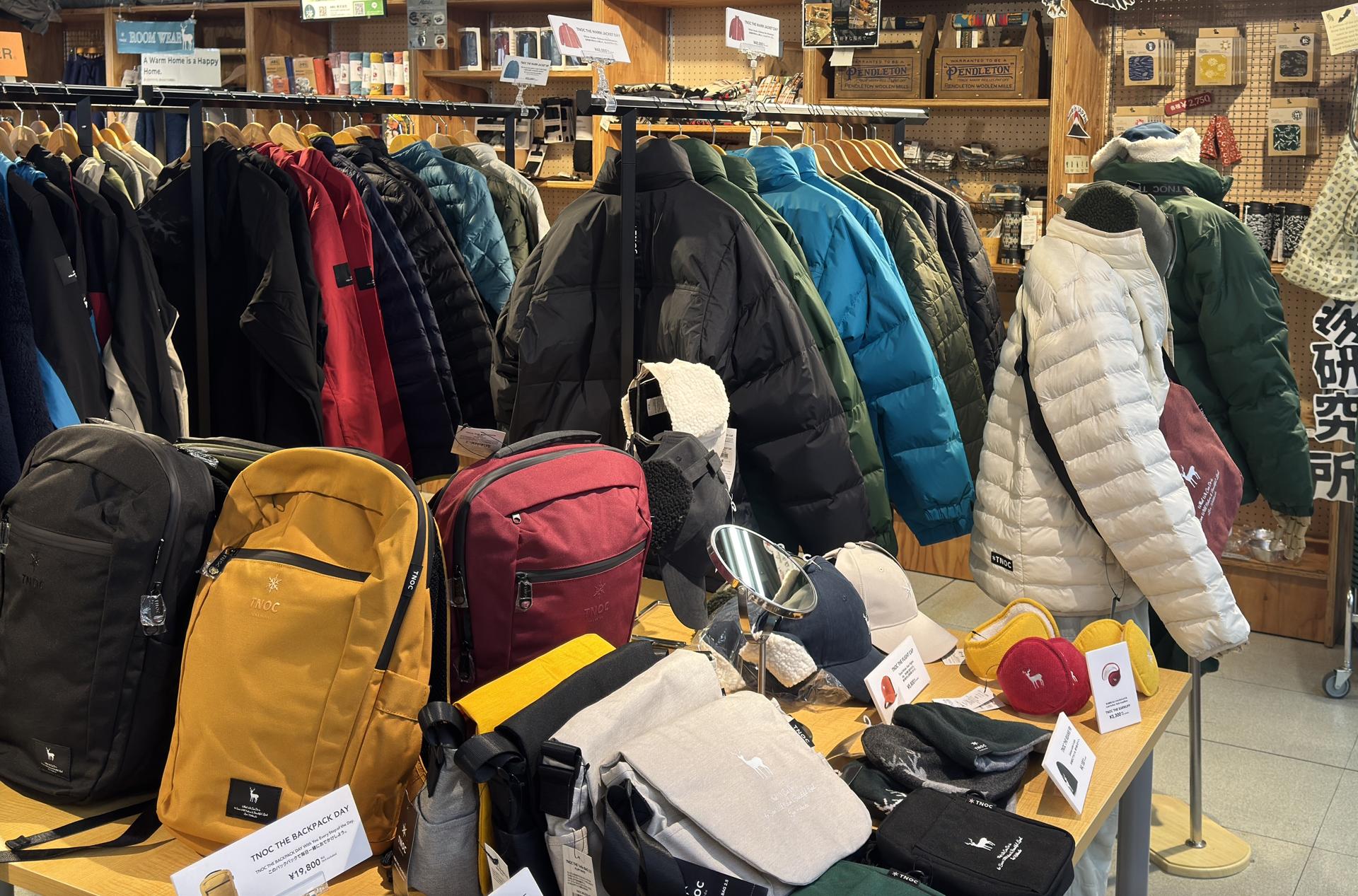
Contents
01
Eastern Hokkaido's Climate
Hokkaido is known for its low humidity and dry climate. Eastern
Hokkaido, in particular, tends to have lower temperatures
throughout the year compared to the rest of Hokkaido. Many people
might associate Hokkaido with heavy snowfall, but in fact, Eastern
Hokkaido doesn't experience as much snow accumulation. It is also
characterized by low annual rainfall and a high rate of sunshine.
The clear blue skies known as "Tokachi Bare" are famous across the
country. Even Kushiro, known as the "city of mist," actually has
more annual sunshine hours than Sapporo. One thing to note is that
Eastern Hokkaido is a vast area, so the climate can vary depending
on the location. For example, during the same summer period,
there's a significant difference between Kushiro, where the
maximum temperature is around 20°C, and Kitami, where it can
exceed 35°C. Here, we'll introduce you to the climate of each
season and recommend appropriate clothing!
02
Spring (March - May)
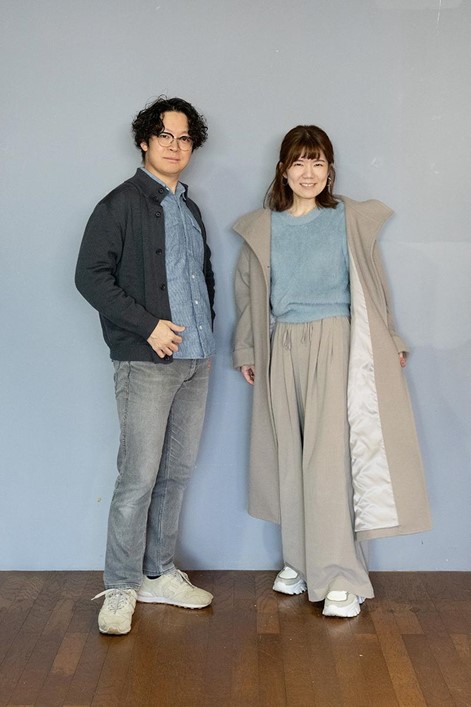
Spring arrives relatively late in Eastern Hokkaido compared to
the rest of Japan. In March, snow scenery remains, and heavy
snowfalls can still occur. By late April, temperatures start to
exceed 10°C, making spring outerwear comfortable. However, snow
typically doesn't completely disappear until after Golden Week.
In May, average temperatures rise to around 14°C, and cherry
blossoms finally begin to bloom. However, temperatures can drop
to around 3°C overnight and into the early morning, creating
significant temperature differences. For early spring tourism in
Eastern Hokkaido, winter attire might be reassuring.
Recommended Clothing
1.Warm Outerwear
Eastern Hokkaido in March feels like winter, so a thick down
jacket or coat is recommended. Thin spring coats are best worn
from late April to May.
2.Hoodies, Fleece, and Long-Sleeve Shirts
When sightseeing outdoors, staying warm is essential. Wear
long-sleeve shirts to retain heat. Hoodies and fleece are
convenient for layering, allowing you to easily adjust if you
feel too warm indoors.
3.Pants or Skirts That Can Handle Mud
In spring, as the snow melts, roads become slushy regardless
of where you go. It is common to get splashed with mud when
passing cars or other pedestrians. It’s best to avoid white or
light-colored pants and skirts.
4.Winter Shoes
Feet are particularly sensitive to cold. With many areas still
covered with snow, snowshoes or boots are recommended over
sneakers. Even if roads are clear during the day, they can
become icy at night. Shoes with non-slip soles are reassuring
for walking in the evening.
03
Summer (June - August)
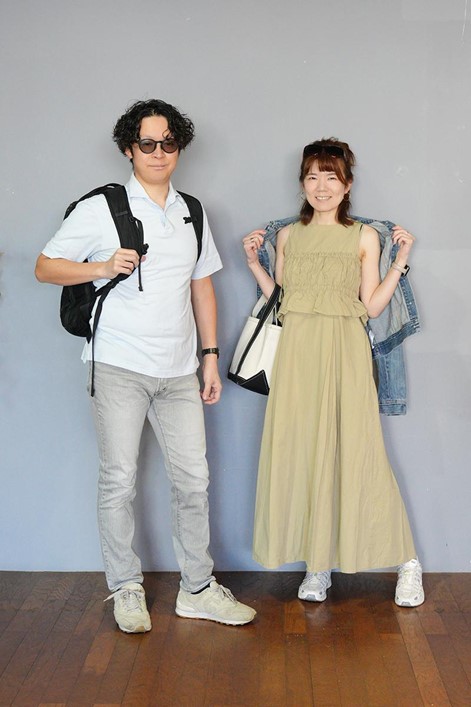
In Eastern Hokkaido, temperatures fluctuate until around June.
Some days feel as cold as early spring, while others resemble
the heat of midsummer. Unlike mainland Japan, Hokkaido doesn't
experience the typical rainy season but is known for its dry
climate. However, from mid to late June, there's a period called
"Ezo Tsuyu," characterized by increased rainfall. It's only
temporary, so it might be an ideal travel destination for those
looking to escape the humid air. From around July, the true
summer begins, and temperatures continue to rise. The average
temperature in July is about 20°C, and in August, it's around
30°C, but temperatures can vary greatly depending on the area.
For example, in Kushiro, known as the "laughably cool city," the
average summer temperature is around 20°C, with only 1 or 2 days
exceeding 30°C each year. In contrast, Kitami, located in a
basin, experiences summer temperatures mostly around 30°C, with
many days exceeding 35°C. However, the humidity is low
throughout Eastern Hokkaido, so even on hot days, the sticky
discomfort is minimal. You might need a light jacket in the
evenings depending on the location, so it's recommended to check
the climate of your stay area in advance and adjust your
clothing accordingly.
Recommended Clothing
1.Light Jackets with Short Sleeves
You may feel chilly during evening hours or in air-conditioned
indoor spaces. A lightweight cardigan or hoodie can be
comfortable for such occasions.
2.Short-Sleeve Shirts and Shorts
Daytime attire can be the same as what you would wear on the
mainland. However, packing a long-sleeve shirt or pants can be
reassuring. There might be days when you wonder, “It was over
30°C yesterday, why is it so cold today?”
3.Shoes That Can Get Dirty and Are Easy to Walk
In Sneakers or comfortable walking shoes are recommended for
sightseeing and exploring. It's better to avoid sandals when
exploring natural areas outdoors, as there are few paved paths
and a lot of grass and insects, which can pose injury risks.
Mosquito repellents during the day or citronella coils for
nighttime camping can provide peace of mind.
04
Autumn (September - November)
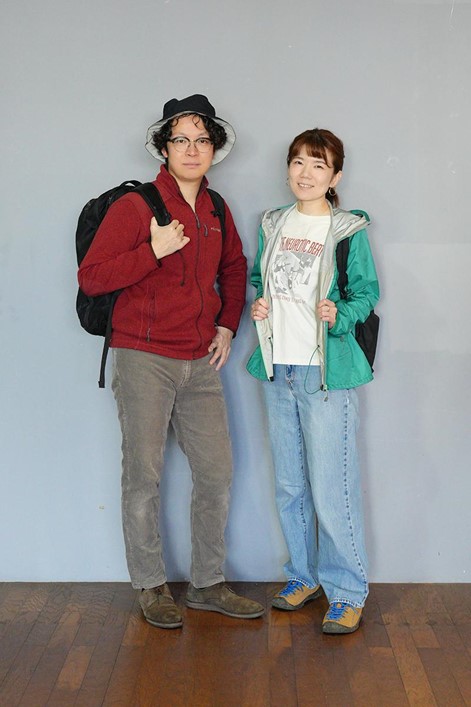
In recent years, Eastern Hokkaido has been strongly affected by
lingering summer heat. There are many hot days until early
September, with temperatures occasionally approaching 30°C. By
late September, it gradually starts to feel like autumn, yet
it's reassuring to have a short-sleeve option in your luggage.
In October, the average temperature drops to around 11°C, making
outerwear necessary to keep warm. By November, it feels almost
like winter, and there may even be days when you encounter the
first snowfall. This season sees an increase in outdoor walks to
admire the beautifully colored autumn leaves, so having a jacket
or windbreaker that can effectively block the cold air is
comforting. Even if it's warm during the day, nights can feel
like winter, so be mindful of your sleepwear.
Recommended Clothing
1.Sweaters or Cardigans as Outerwear
Thick sweaters or cardigans that retain warmth are
recommended. Having materials that are as thick as you would
wear in winter in mainland Japan is not excessive at all.
2.Long-Sleeve Shirts and High-Neck Innerwear
Instead of thin shirts, choose ones that are made of slightly
thicker material. Since cold air can get in through the
neckline, high-neck innerwear can greatly increase warmth.
3.Thick Pants or Skirts
Thin denim or skirts allow wind to pass through easily,
lowering your perceived temperature. Select thick fabric, or
wear thin leggings under your pants or skirts for added
warmth.
4.Winter Shoes from Late October Onwards
Sneakers are comfortable until early October. By late October,
most locals switch to boots or winter shoes. Shoes that
combine both comfort and warmth are recommended.
05
Winter (December - February)
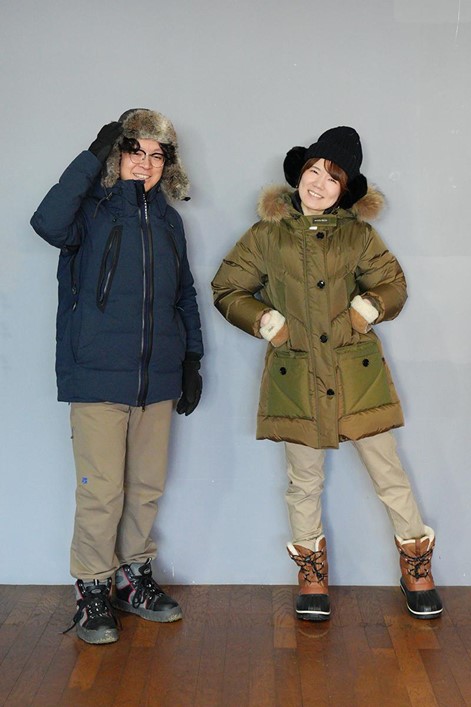
In December, temperatures begin to drop below freezing, marking
the arrival of a true winter. Snow starts to fall in early
December, and by the end of the month, there is significant snow
accumulation. Eastern Hokkaido typically experiences less
snowfall, but the area is prone to "ice burn" conditions where
roads become icy. To prevent slipping, it's reassuring to wear
winter shoes with rubber soles. Be cautious with shoes that have
metal fittings, as they can be slippery indoors. January, often
referred to as "Doto Hare," is characterized by many sunny days.
The sunlight reflecting off the snow can be dazzling, and there
is a risk of "snow burn," or sunburn caused by UV rays, so be
careful. In the winter of Eastern Hokkaido, prioritize "safety
first!" It's not just "cold," it can feel downright "painful."
Protect your skin from exposure by using gloves, scarves, and
hats. Coastal cities like Abashiri and Kushiro, which face the
sea, experience lower perceived temperatures due to the sea
breeze, so using items like warmers can help as a
countermeasure. Buildings in Hokkaido are highly insulated,
making indoor environments much warmer compared to the bitter
cold outside, so it's best to wear layers that are easy to take
on and off.
Recommended Clothing
1.Outdoor Snow Wear
Snow wear with insulation and water-repellent features is
recommended. Even in urban areas, stepping outside can feel
freezing cold. Choosing a down jacket over a regular coat is
more reassuring.
2.Scarves, Gloves, and Hats to Cover Exposed Skin
In the winter of Eastern Hokkaido, any exposed skin will
quickly feel "painful" due to the cold. There is a risk of
frostbite, so ensure your skin is well-protected with
accessories. Keeping pocket warmers handy is also advisable.
3.Heat-Tech Innerwear
Wearing heat-tech innerwear is the best way to maintain your
body temperature. While it may be tempting to choose thick
materials, wearing light clothing beneath a down jacket is
actually more effective. Down jackets work by trapping the
heat your body emits, so thick innerwear can reduce their
effectiveness. Therefore, it's recommended to keep it to a
maximum of two thin layers under your down jacket.
4.Socks up to the Ankles and Rubber-Soled Shoes
The cold comes primarily from the ground, so wear thick socks
that completely cover your ankles. Thermal leggings with a
warm lining can also be comforting. Rubber-soled shoes are
ideal for walking safely on icy roads. As mentioned earlier,
be cautious with shoes that have metal fittings, as they can
be slippery when indoors.
Here's a video introducing recommended clothing for each season!
Consider it for choosing your outfits.
06
Outdoor Activities
When enjoying outdoor activities all year round, make sure to
take proper precautions against the cold. In Eastern Hokkaido,
even on summer days when it feels hot enough to wear short
sleeves, the temperature can drop to freezing at night. No
matter how warm it gets during the day, never forget to bring a
jacket. Bug spray is also reassuring, especially for summer
outdoor activities. Nature-rich areas mean you're likely to
encounter insects when you move a bit away from city areas.
Mosquitoes are especially prevalent near water, so be
well-prepared. In winter, aside from wearing warm clothing,
adhesive body warmers are also recommended. Stick them under
your neck or on your waist to keep your body warm. A
characteristic of Eastern Hokkaido is that you might suddenly
find yourself in areas with heavy snowfall when you move around.
Snow boots that cover your ankles are essential for stress-free
exploration.
Let us introduce an outdoor shop in Kushiro that offers recommended clothing. It’s perfect for when you find yourself in Kushiro thinking, “It’s colder than I expected. I need an extra layer!” You can walk there from hotels in downtown Kushiro. The shop carries stylish outdoor brands, making it a joy to wear the items both during your stay and as everyday wear after you return home!
EHAB (Fisherman's Wharf MOO 1st Floor) *Closed on Thursdays
Let us introduce an outdoor shop in Kushiro that offers recommended clothing. It’s perfect for when you find yourself in Kushiro thinking, “It’s colder than I expected. I need an extra layer!” You can walk there from hotels in downtown Kushiro. The shop carries stylish outdoor brands, making it a joy to wear the items both during your stay and as everyday wear after you return home!
EHAB (Fisherman's Wharf MOO 1st Floor) *Closed on Thursdays

07
Summary
One of the distinctive features of Eastern Hokkaido is its
slightly different climate compared to the rest of Hokkaido. It's
important to thoroughly understand the climate and choose clothing
that suits your travel plans. Be mindful that the attire needed
for city walking and outdoor activities can be quite different.
Falling ill can turn an enjoyable trip to Eastern Hokkaido into a
disappointing memory. Check out the video along with these tips to
ensure that your clothing choices help create the best memories!
Writer Information

Naeka Okumura
Naeka Okumura, born in 1994, hails from Kitami City, Hokkaido. Worked for six years at a financial institution within Hokkaido. Later joined a video production company, Hokuei Northern Films, in Kitami City as a chief manager and writer. Resigned in 2023 and became independent as a copywriter and journalist writer under the name Produce One.
Naeka Okumura, born in 1994, hails from Kitami City, Hokkaido. Worked for six years at a financial institution within Hokkaido. Later joined a video production company, Hokuei Northern Films, in Kitami City as a chief manager and writer. Resigned in 2023 and became independent as a copywriter and journalist writer under the name Produce One.